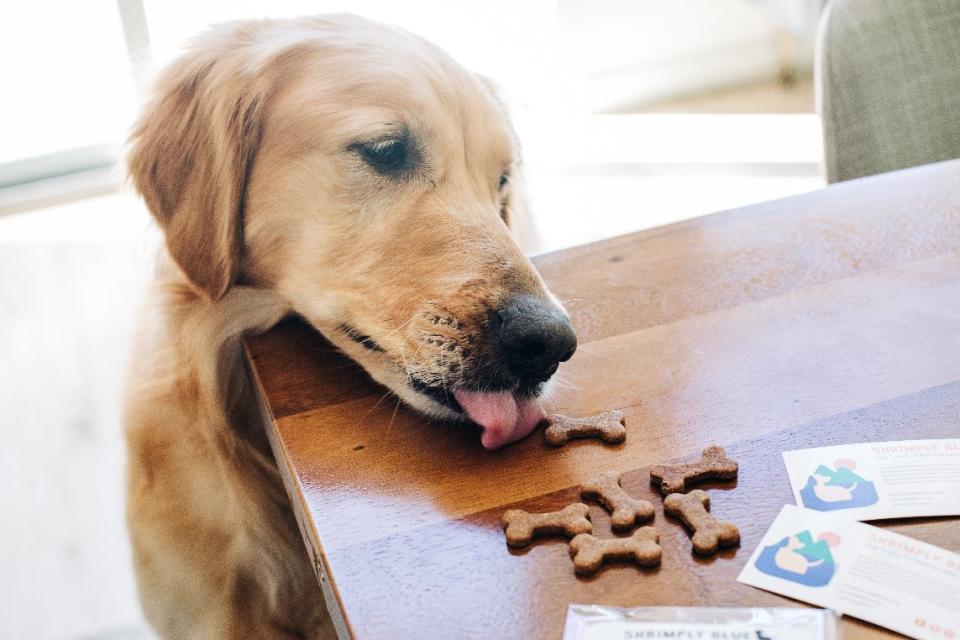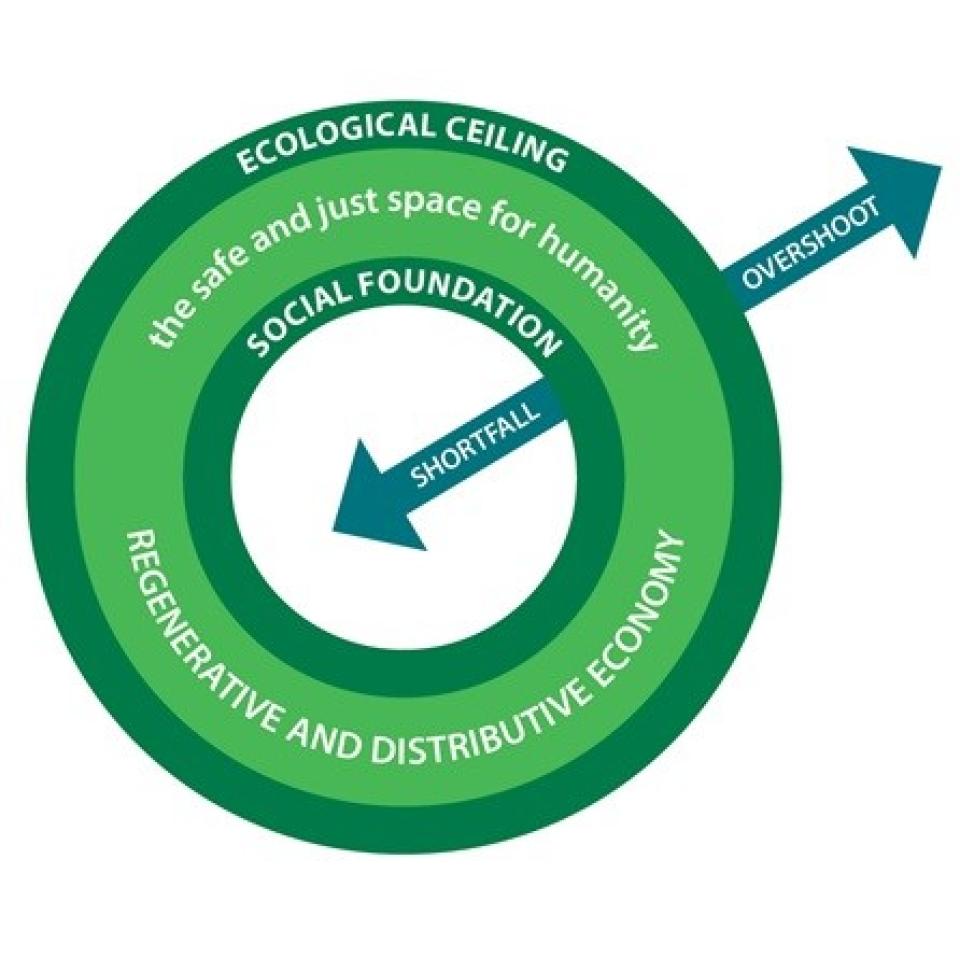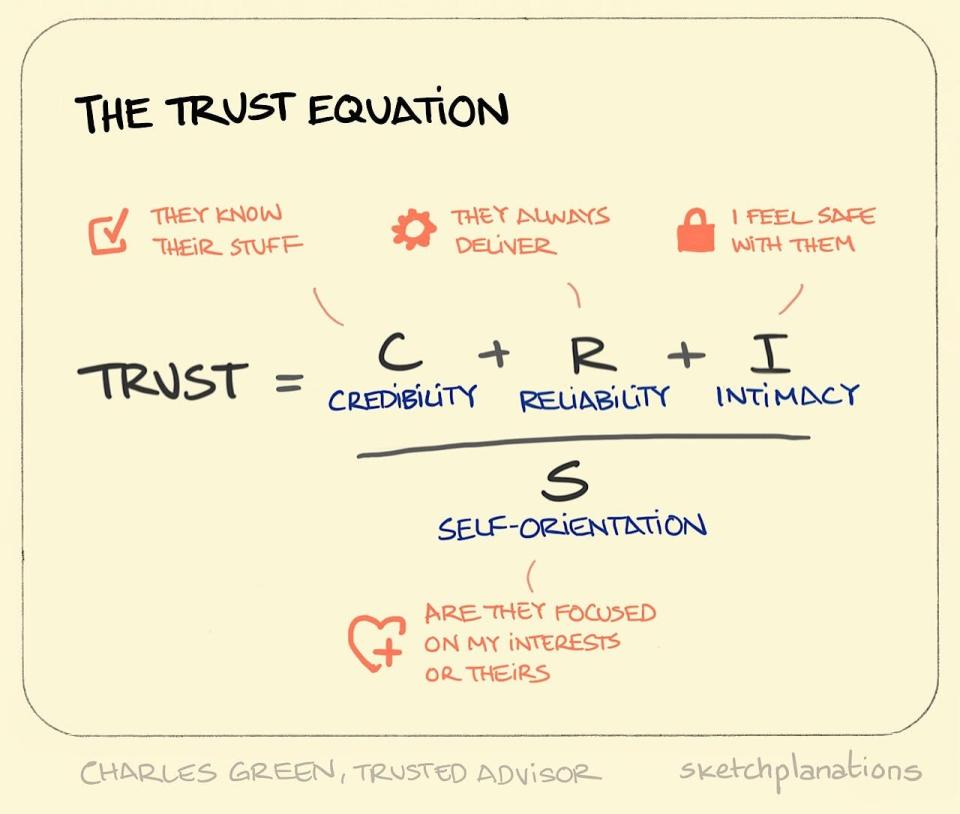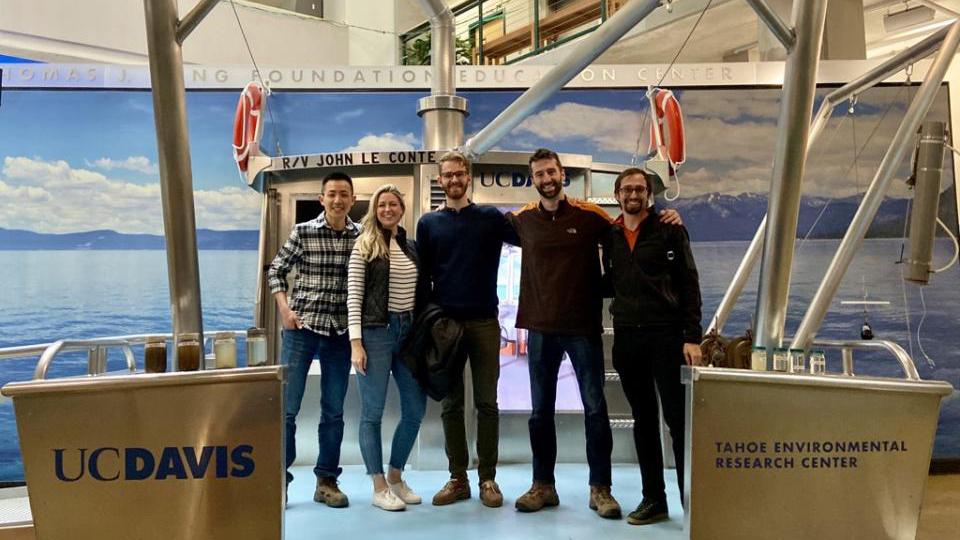How Our Dog Treats Can Help Restore Lake Tahoe
Four keys to grassroots social entrepreneurism

Fifteen months ago, I embarked on a journey to help restore Tahoe’s lake ecosystem by turning invasive Mysis shrimp into nutritious dog treats.
It sounds like a horrible business idea, and compared to more popular venture capital opportunities, it is. The financials barely break even. But we weren’t doing this for financial gain; we were doing this for the lake, and breakeven was good enough.
Somewhere in the back of my mind I couldn’t help but wonder if this kind of organization—one that creates jobs, produces a quality product, and restores the environment—isn’t exactly the kind of organization that moves us towards a 21st-century doughnut economy.
As a society, we’ve just begun the move in this direction. Social ventures have taken off in recent years, and impact investing is now mainstream.
But I wanted to push the envelope and take this to the extreme: could a mission-driven nonprofit support itself through the creation of consumer goods? And would donors be willing to jumpstart a capital-intensive effort knowing that once operational, the organization could support itself for years to come?

Through this process, I’ve discovered four key lessons while diving into the deep end. And as I tell myself every day, “If this were easy, someone would’ve done it already.”
1. Know your mission
This wasn’t just about the organizational mission. This was about a personal mission and how our values align with those of the organization we were building.
It was 2019 when I first partnered with MBA students Megann Kerr, Patrick Rosenberg, Tomas Sadilek, Jae Hwan Kim, and Michael Ries on our Integrated Management Project consulting work for the Tahoe Environmental Research Center (TERC). These were the original Mysis masterminds that drew up the business plan to turn the invasive shrimp into a surprisingly tasty solution to restore Lake Tahoe, and I blogged about our experience.
However, while six MBA consultants can come up with a business plan, you definitely don’t want six MBA students developing your dog treats! As our capstone project ended, it was time to turn this idea from paper to product and to do that, we needed a more diverse set of expertise.
I reached out within the vast UC Davis network, and co-founded Shrimply Blue with four other UC Davis Aggies: Myhan Nguyen and Bisma Parwez would play the role of our “mad food scientists” with a knack for regenerative, nutritious product development, while Liz McAllister and Lauren Chew led the charge on creative design and community engagement. The five of us co-founders had diverse backgrounds, but one common passion: finding innovative solutions at the intersection of food, community, and the environment.

As co-founders of Shrimply Blue, we spent months talking, processing, and diagraming our personal values.
We knew that the moment our organization was out in the real world, we would be inundated with different voices, different opportunities, and different strategies.
If there’s one thing that’s certain about entrepreneurship, it’s the uncertainty of it all. The question was, how will we respond? Knowing our untouchables, knowing our negotiables, and knowing the distinction is what kept us, us.
At Shrimply Blue, we’ve had opportunities to do this for-profit, to have heavy-hitting corporate executives run the show, to make this a super-premium product focused on the 1% of the 1%. None of these are bad ideas. They just weren’t us.
As it stands today, we’re a nonprofit on a mission to restore Tahoe’s lake ecosystem and engage the community through environmental education.
That’s a mission we’re excited about.

2. Trust is worth the risk
Trust in the business world can be scary.
Venture capital-backed organizations have legal resources, NDA’s, contracts, and the whole nine yards. And while nonprofits eventually get there, “legal fees” aren’t exactly the most exciting item for an initial fundraising campaign.
So what does that leave us with? TRUST, and in many ways, we wouldn’t have it any other way.
Early on, I asked a friendly volunteer adviser to sign a non-disclosure agreement, and while they were willing to sign, they kindly suggested I put myself in their shoes and reconsider the practice of requiring NDAs. Advice well taken. These advisers are freely offering their time and expertise to support a cause based on shared values, and the upfront legal contract says “Thanks, but just in case I can’t trust you…”

Since then, we’ve decided to trust more freely, and our partnerships have been the best thing we’ve got going on at Shrimply Blue.
Mutual trust built on shared values has brought together our volunteer staff from food science, business and creative design, our incredible board of advisors who are experts in food innovation, pet treats, food safety and aquatic ecology, as well as the many individuals and organizations collaborating with us around the Tahoe basin and here in Davis.
This doesn’t mean we’re blindly putting our secret sauce out there for the world to see. It doesn’t mean we’re completely void of paperwork. But it does mean that the human relationship comes first, and the paperwork follows.
Could we get burned some day? Maybe. But the collaborative spirit, genuine relationships, and work we’ve been able to accomplish so far are well worth that risk.
3. Build value along the way
Mission-driven entrepreneurship is about the long-haul. Systems are multi-faceted, communities are complex, and it takes time to identify all the stakeholders and understand their needs.
Finding little wins and celebrating value creation along the way is how we, at Shrimply Blue, keep ourselves motivated from day to day.
It’s been 15 months since we first started, and we’ve yet to deploy a commercial-scale Mysis net into Tahoe’s waters. But we’ve begun to understand the concerns of the recreational fishing community, forge relationships with local agencies, and make some dogs very happy with our Mysis treats.
Perhaps most importantly, we build value by investing in people.

I never want someone to be merely a means to an end. Whether it’s a five-minute conversation or a life-long career, I want everyone that graces Shrimply Blue to walk away saying: “I got something out of that.”
It’s this perspective of incremental value building that makes the journey worthwhile.
4. Find the naysayers and get to “No”
It’s easy to find people who are excited about a win-win idea to restore Lake Tahoe, educate the public, and create a nutritious dog treat. But until you’ve got money in the bank, you have no idea whether that excitement translates to action.
We’re learning to ask for the “fast no instead of the long maybe,” and we’re channeling that community response to build up and flesh out our concept.
As a nonprofit startup, it’s tempting to focus on supporters. But if everything was greenlight all the way, surely someone would’ve done this by now. We’ve learned that finding the naysayers, hearing their concerns, and collaborating to break barriers and overcome hurdles is how the work gets done.
Our naysayers aren’t saying no because they are pessimists—they are raising concerns because they know something we don’t. Social impact requires a community. And it’s only when we’ve learned to listen—even to the hard truths—that we can begin to accomplish things together.
What's Next
This all occurred in the last year, so where are we headed now?
- Local agencies want to see more data on the effects of Mysis suppression. TERC is looking to raise funds to conduct that additional research.
- Shrimply Blue is finalizing our treat prototypes. Since they're made with Mysis harvested under a scientific collection permit, they can't be sold. However, we plan on giving away our treats to raise awareness of the issues facing Lake Tahoe and hope that people would willingly make donations once aware of the challenges.
- We still believe in the power of grassroots community funding. So if people like what we're doing and want to make a small donation and follow us on social media, that'd be amazing. If every Tahoe loving dog-owner were to donate $1, we'd hit our fundraising goals today!


